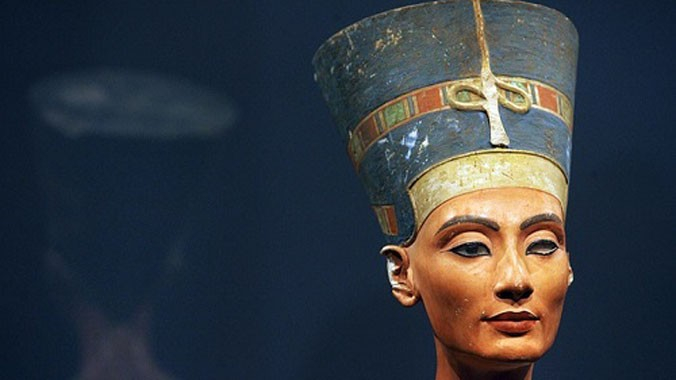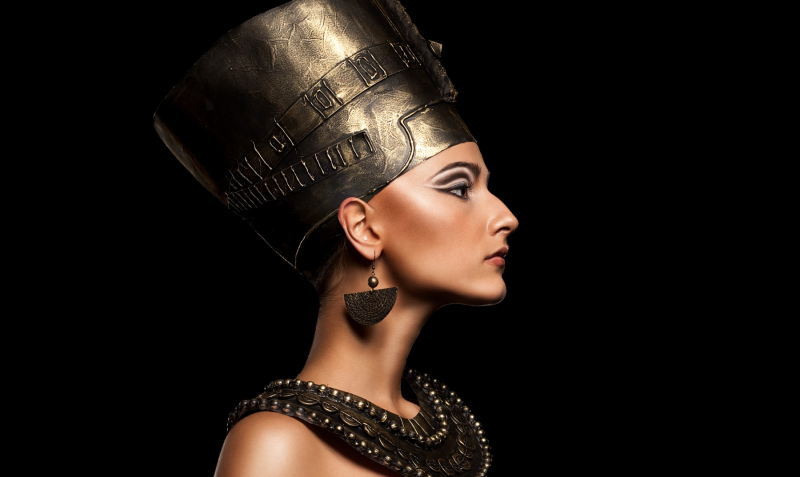Nefertiti
Nefertiti was a queen of the 18th Dynasty of ancient Egypt. The religious revolution that Nefertiti and her husband led was the sole worship of the sun disc, Aten, as the only deity. She ruled alongside her husband at what was possibly the most prosperous time in ancient Egyptian history. The identification of Nefertiti as Neferneferuaten, who reigned for a brief period following the passing of her husband and before the ascension of Tutankhamun, is a source of continuous disagreement among historians. If Nefertiti did indeed rule as pharaoh, her reign was characterized by the destruction of Amarna and the return of the Egyptian capital to Thebes, its original location.
Her bust, which is now on display at Berlin's Neues Museum, helped make her renowned. One of the most replicated ancient Egyptian works of art is the bust. It was discovered at the sculptor Thutmose's workshop and was attributed to him.
She worshiped the sun god alongside her husband, according to old paintings, and encouraged her kids to do the same.
She is reported to have served as the pharaoh's co-regent following the death of her husband. She was a competent manager.
(c. 1370 BC – circa 1330 BC)







